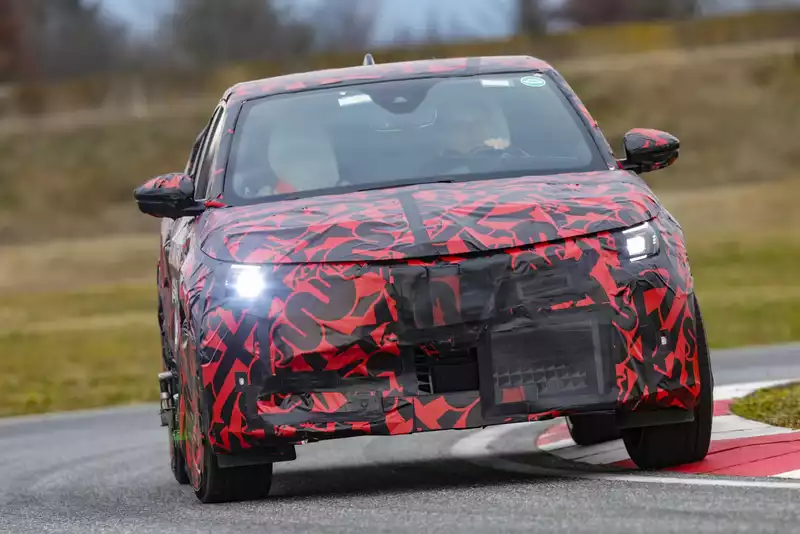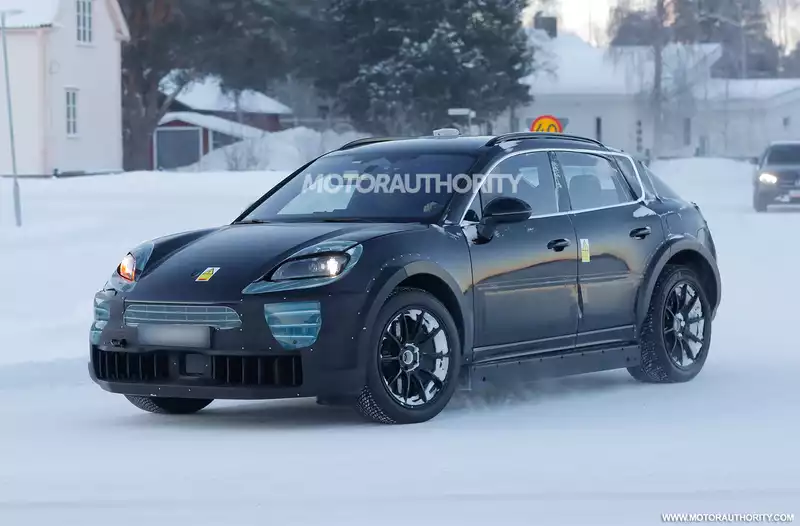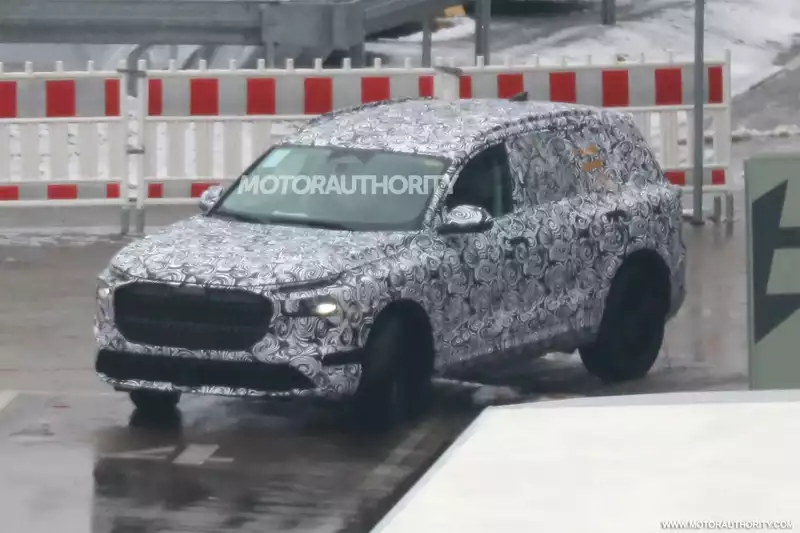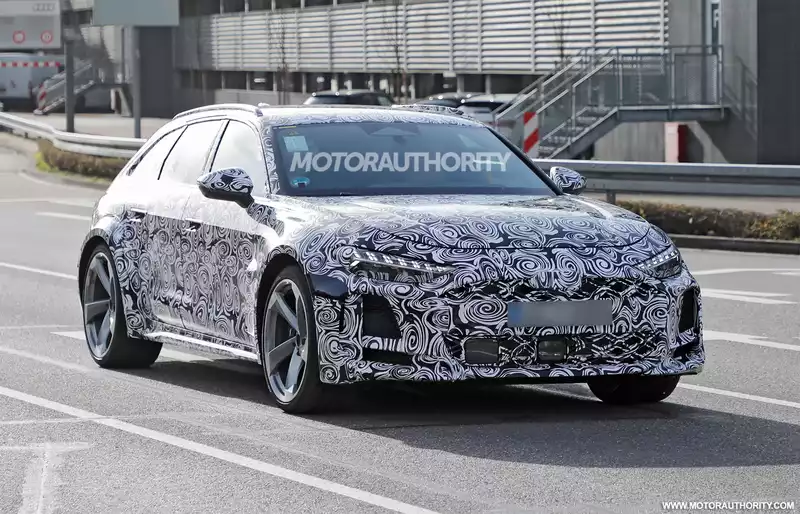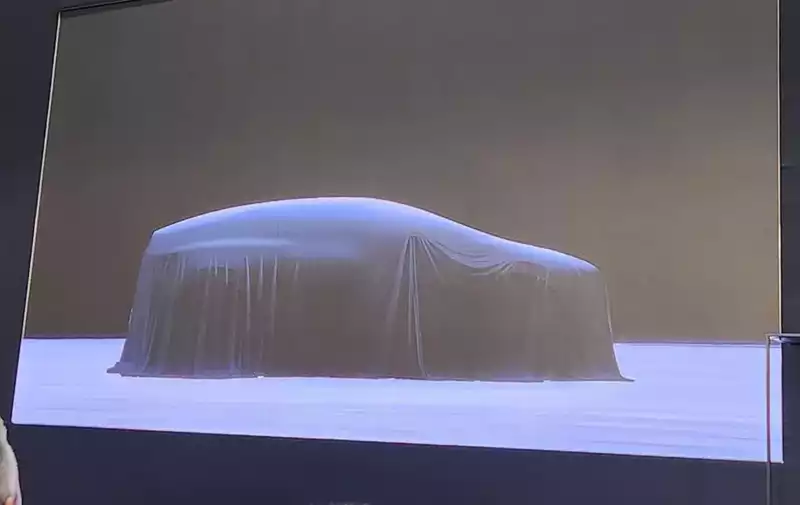Pagani Huayra switches to a long-tail Kodalunga model.
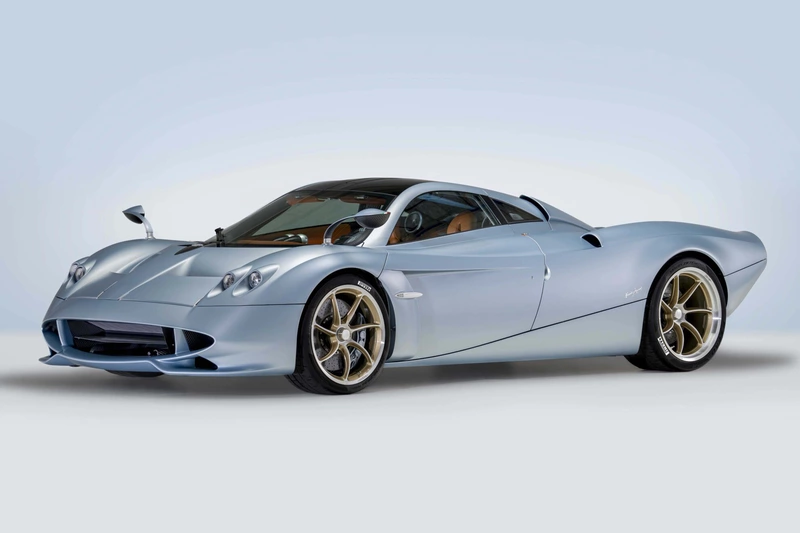
Pagani is just a few weeks away from unveiling the successor to its Huayra supercar, which is currently being talked about under the codename "C10," but on Thursday the company surprised us with a new version of the Huayra, the Italian word for "long tail," the Codalunga," took us by surprise with its unveiling.
The car is the creation of Pagani's special projects department, known as Pagani Grandi Complicazioni, and just five will be built, each starting at €7 million (about $7.36 million). Even at that nosebleed level, all five production slots are reportedly sold out.
The idea for the Huayra Codalunga came from two fans of the brand. They approached Pagani in 2018 and requested a long-tail version of the Huayra, with a streamlined design reminiscent of 1960s grand race cars. Colors and materials were chosen that were reminiscent of the early racers, but there are still modern touches, such as exposed carbon fiber.
The amount of work that went into this car was enormous. The design phase alone took two years, and the process involved building both a quarter-scale and full-scale model. And even though only five cars ran, the car was developed in such a way that it was allowed to be driven on public roads around the world.
And then there is Pagani's attention to detail. A typical example is the machining of the cabin's aluminum components from a single block, a reminder of the manual techniques of the past, when each component was polished by hand.
The body of the Huayra Codalunga is made of lightweight composite, and the extended tail makes the engine cover 14.17 inches longer than the standard Huayra cover. Despite the longer body, Kodalunga's dry weight is 2,822 pounds, about 154 pounds lighter than Huayra.
Weight reductions include the lack of a rear grille and the addition of a titanium exhaust. With the rear grille gone, the car's exhaust system can be clearly seen.
Power comes from the same 6.0-liter V-12 twin turbo as the Huayra, but the output has been raised to 827 hp and 811 lb-ft of torque. Drive is to the rear wheels via a 7-speed sequential transmission. The wheels are forged 20-inch at the front and 21-inch at the rear, and carbon ceramic brakes are housed in them. Tires are Pirelli P Zero Corsa 265/30 front and 355/25 rear.
No performance specs were mentioned, but a 0-60 mph time of under 3.0 seconds and a top speed likely approaching 220 mph given that other Huayra models are at similar performance levels.
